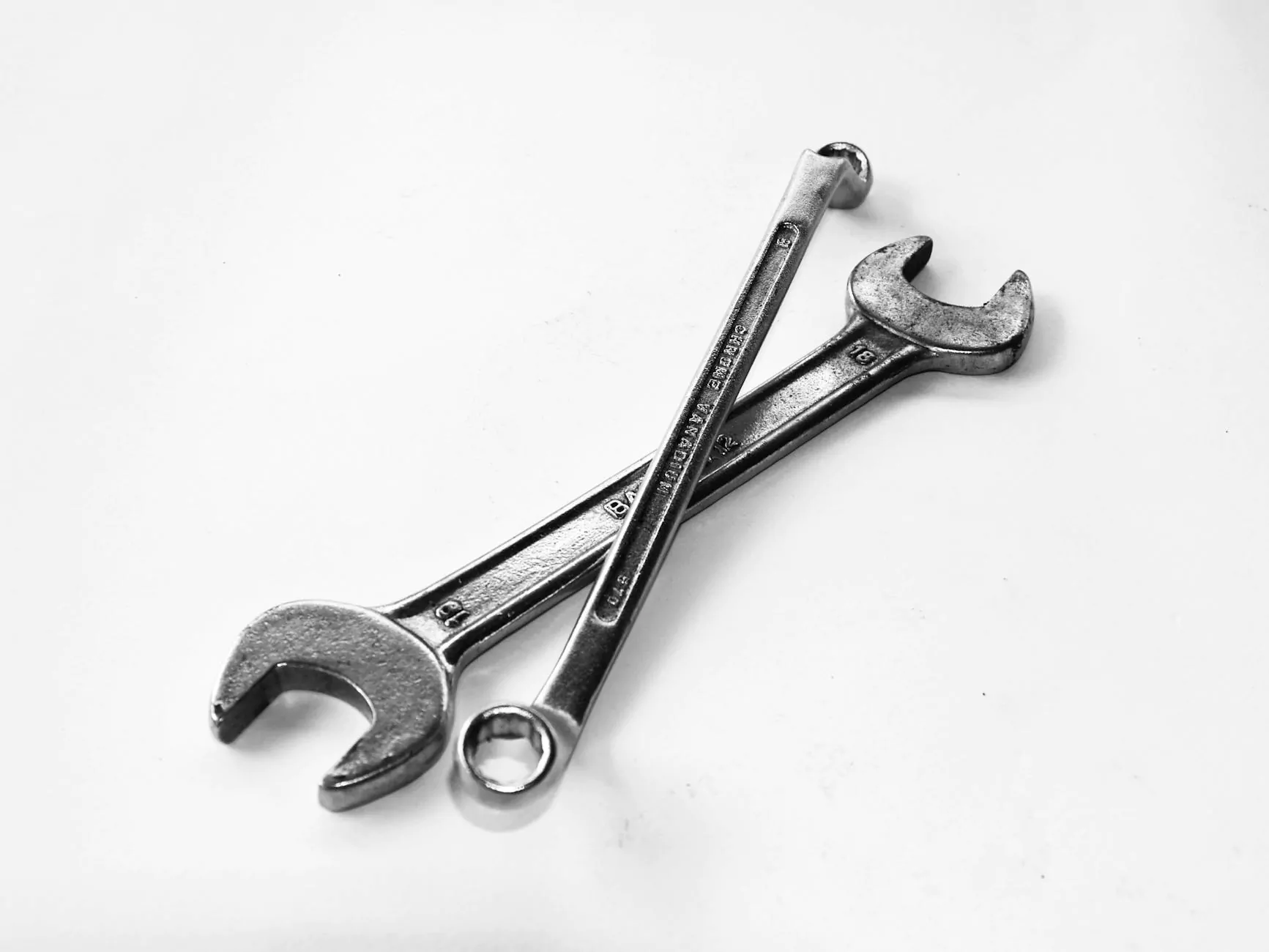Understanding the Oophorectomy Procedure: A Comprehensive Guide

In the realm of women's health, understanding surgical procedures and their implications is crucial. One such procedure that is often discussed, yet not well-understood, is the oophorectomy. This article aims to provide a detailed overview of what an oophorectomy procedure entails, including its benefits, risks, and recovery process. By the end, you will be equipped with the knowledge needed to make informed decisions regarding this procedure.
What is an Oophorectomy Procedure?
An oophorectomy is a surgical procedure that involves the removal of one or both of the ovaries. The ovaries are essential reproductive organs in women, as they produce hormones such as estrogen and progesterone, and play a critical role in fertility. There are two main types of oophorectomy:
- Unilateral Oophorectomy: Removal of one ovary.
- Bilateral Oophorectomy: Removal of both ovaries.
Understanding the indications for oophorectomy, the surgical method, and the potential side effects is vital for those considering this procedure.
Indications for an Oophorectomy
The decision to undergo an oophorectomy procedure may arise from various medical reasons, including:
- Ovarian Tumors: Both benign (non-cancerous) and malignant (cancerous) tumors can necessitate surgical removal.
- Endometriosis: A condition where tissue similar to the lining inside the uterus grows outside it, causing pain and possible infertility.
- Ovarian Cysts: Fluid-filled sacs on the ovary that can sometimes cause significant pain or other complications.
- Genetic Risk Factors: Women with a family history of ovarian or breast cancer may opt for preventive oophorectomy to reduce their risk.
- Cancers: In cases of ovarian cancer or other related cancers, oophorectomy might be a part of the treatment plan.
The Oophorectomy Procedure: What to Expect
The oophorectomy procedure can be performed in a few different ways, depending on the individual's circumstances and the surgeon's recommendations:
- Laparoscopic Surgery: A minimally invasive technique where small incisions are made in the abdomen, through which a camera and special instruments are inserted to remove the ovary(ies). This method typically results in less pain and quicker recovery.
- Open Surgery: A more traditional approach involving a larger incision in the abdomen to access the ovaries directly. This method may be required in certain complex cases.
Pre-Operative Considerations
Before undergoing an oophorectomy, patients will have a thorough consultation with their healthcare provider. This includes:
- Medical History Review: Discussing existing health conditions, medications, and previous surgeries.
- Diagnostic Tests: Imaging tests such as ultrasounds or CT scans may be ordered to assess the ovaries and surrounding structures.
- Informed Consent: Patients will be informed about the procedure, its risks, and potential outcomes, and will need to provide their consent before surgery.
Post-Operative Recovery
The recovery from an oophorectomy procedure varies depending on the type of surgery performed. Generally, here’s what to expect:
- Immediate Recovery: Patients are monitored in a recovery room post-surgery. Pain management and complications are assessed. Laparoscopic procedures may allow for same-day discharge.
- Initial Days: Expect some discomfort, which can be managed with prescribed pain medications. Patients should avoid strenuous activities for at least a few weeks.
- Follow-Up Appointments: These are crucial to ensure that healing is progressing well, and to discuss results from any biopsies taken during surgery.
Potential Risks and Side Effects
While an oophorectomy is generally safe, like any surgery, it carries some risks, including:
- Infection: As with any surgical procedure, there is a risk of infection at the incision site.
- Blood Clots: Patients may be at increased risk for blood clots post-surgery, particularly those who have undergone an open procedure.
- Hormonal Changes: Removing the ovaries significantly affects hormone production, potentially leading to menopause symptoms, including hot flashes, mood swings, and vaginal dryness.
- Infertility: Women undergoing a bilateral oophorectomy will no longer be able to conceive, which is an important consideration for those wanting to have children in the future.
Long-Term Effects of Oophorectomy
The long-term effects of an oophorectomy procedure can vary greatly among individuals. Some of the notable effects include:
- Menopausal Symptoms: Women who undergo a bilateral oophorectomy before natural menopause will experience an immediate onset of menopausal symptoms. Hormone replacement therapy (HRT) may be discussed as a management option.
- Bone Health: Estrogen plays a significant role in maintaining bone density. Without it, women may face a higher risk of osteoporosis.
- Cardiovascular Health: The removal of the ovaries may also increase the risk of heart disease due to changes in hormone levels.
- Emotional Well-being: The psychological impacts of oophorectomy can vary. Some women may experience changes in mood or emotional distress post-surgery.
Conclusion
In summary, an oophorectomy procedure is a significant surgical intervention with various medical indications. Understanding the steps involved in the procedure, the recovery process, and the potential long-term effects is essential for women considering it. Always consult with a qualified healthcare provider to weigh the benefits and risks specific to your condition. Proper knowledge empowers patients to make informed healthcare decisions, enabling them to better navigate their health journey. For more guidance on reproductive health and surgical options, resources such as drseckin.com can be invaluable.
what is a oophorectomy procedure


